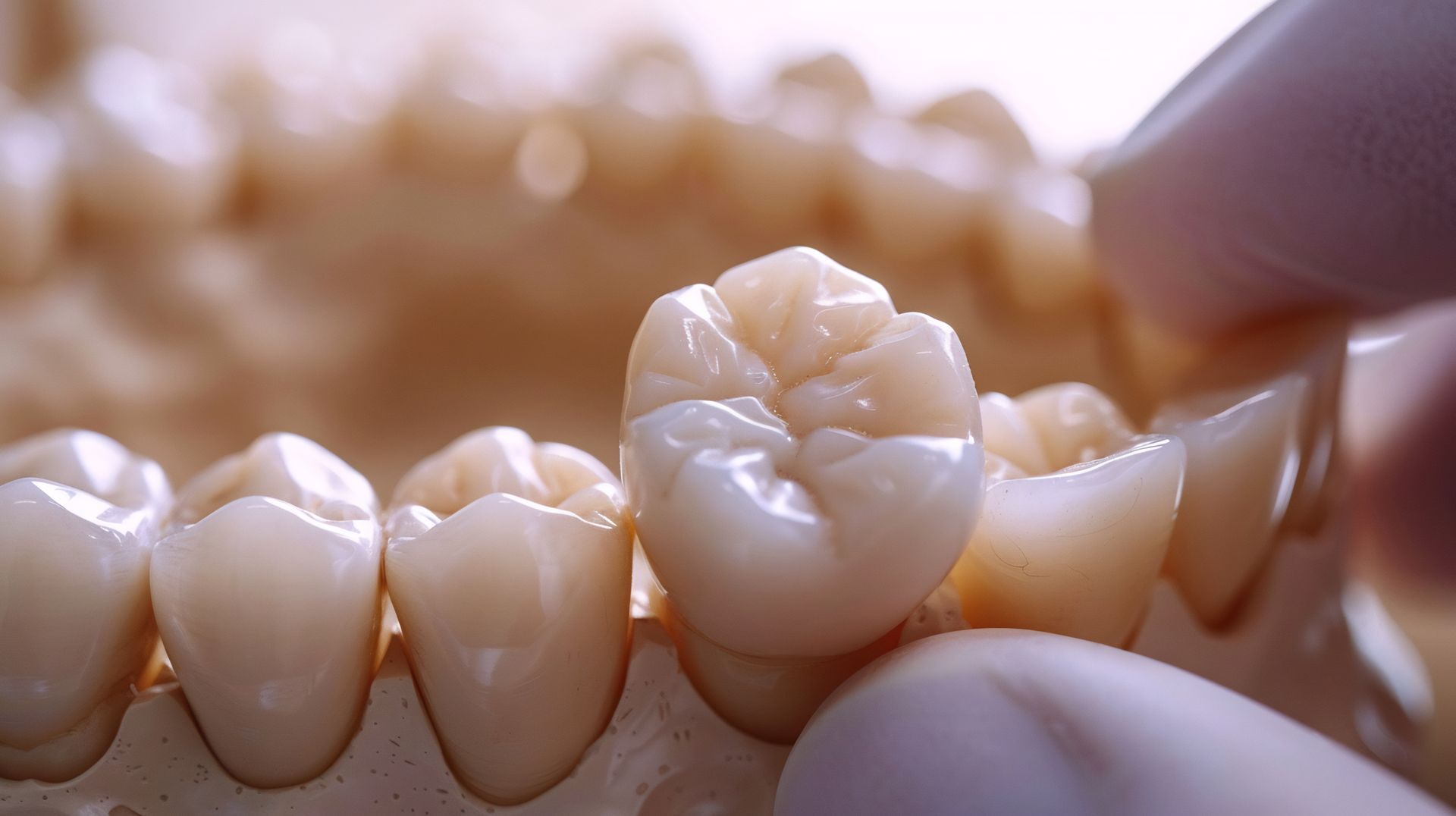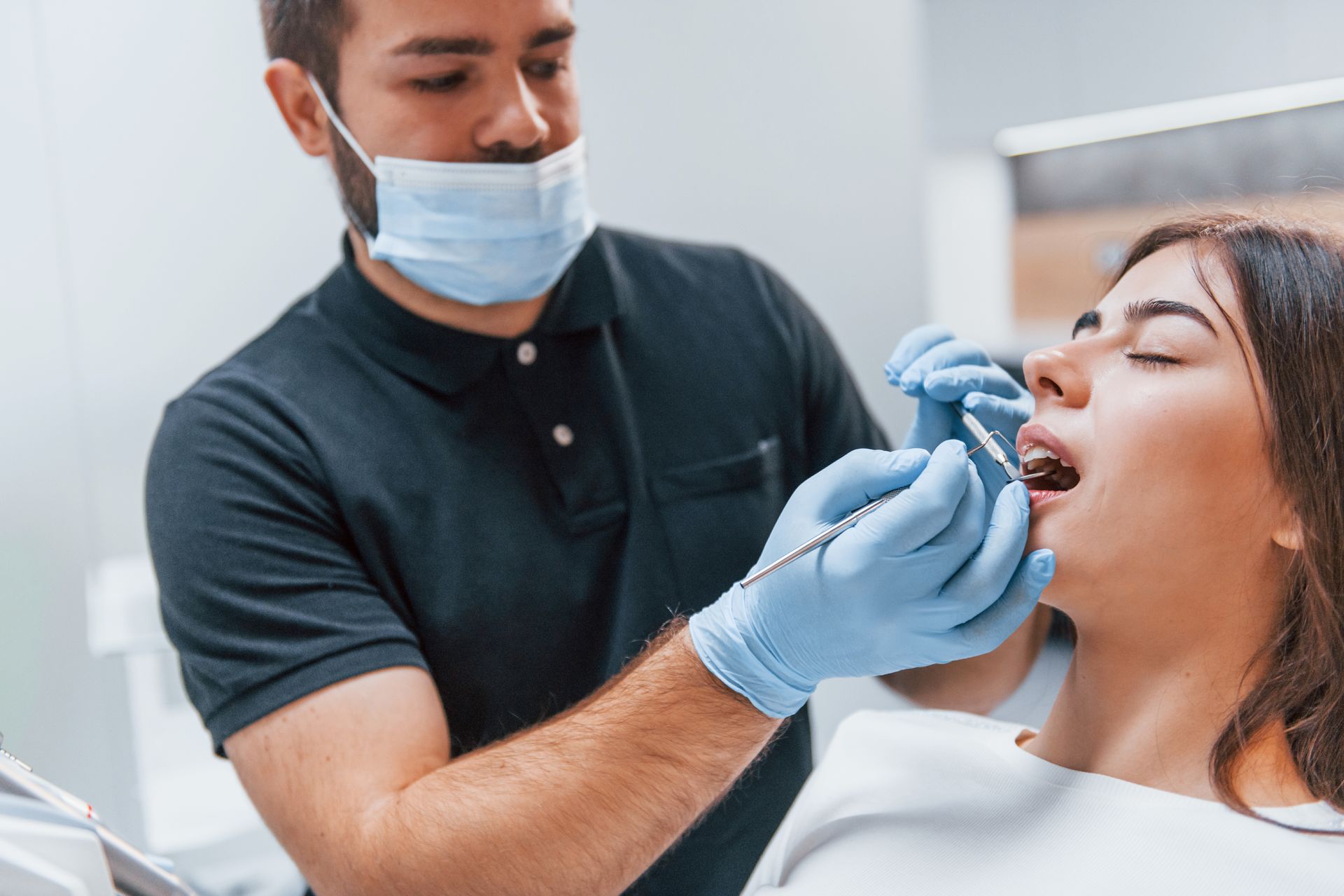How Long After a Root Canal Does It Hurt? What to Expect

Short answer: Mild soreness or tenderness is common for 24–48 hours and should keep improving each day. Most people feel comfortably healed within a week, though gentle sensitivity can linger a bit longer. Call your dentist if pain worsens after day 3–5, or you notice swelling, a bad taste/odor, fever, or pain when biting.
At West Valley Dental, our dentists perform root canal therapy regularly and follow evidence-based after-care protocols from specialty organizations. This article distills current guidance from the American Association of Endodontists and major medical centers like Cleveland Clinic so you know what’s normal, what isn’t, and how to feel better fast.
Understanding Normal Post-Procedure Pain
Even though the tooth’s nerve is removed, the surrounding tissues (ligaments and bone) can be inflamed from the procedure—so a little tenderness is part of healing. You might also notice jaw stiffness from keeping your mouth open. These symptoms respond well to over-the-counter pain relievers and should fade steadily.

The Recovery Timeline
Early Phase: First 24–48 Hours
What you’ll likely feel
- Mild to moderate soreness when chewing or touching the tooth
- Sensitivity to pressure or temperature
- Jaw stiffness and lingering numbness for a few hours after the appointment
Comfort tips
- Use
ibuprofen or
acetaminophen as directed (ask your dentist/physician if you have medical conditions).
- Apply
cold compresses in short intervals the first day.
- Choose a
soft-food diet (yogurt, scrambled eggs, pasta) and
avoid chewing on the treated side.
Normal vs. not
- Normal: soreness that’s
equal or better each day.
- Not normal:
increasing pain or
visible swelling—call your dentist.
Mid Phase: Days 3–7
By mid-week, pain should be noticeably lower. Light sensitivity with chewing may persist, especially if you accidentally bite on the tooth. Continue gentle brushing and flossing, stick with soft foods if needed, and keep avoiding hard or sticky foods on that side. If pain intensity stays high or spikes, or if your bite feels “off,” it’s time for an exam. An uneven temporary filling or a high bite can keep the tooth sore until adjusted.
Later Phase: Up to 2 Weeks (and Beyond)
Most patients are largely back to normal within 1–2 weeks. Sensitivity usually fades, and chewing feels normal once the final restoration (often a dental crown) is placed. Keep in mind: while you feel better quickly, deeper bone and tissue healing continues quietly for weeks to months, which is why follow-ups and final restorations matter for long-term success.
When Pain Becomes a Red Flag
Call your dentist or endodontist promptly if you notice any of the following:
- Pain getting worse after day
3–5, or
lasting more than a few days without improvement
- Swelling inside or outside the mouth
- Pain on biting or a
high/uneven bite (often fixable with a quick adjustment)
- Gum tenderness, pimple/boil on the gum,
bad taste or odor, or
discoloration
- Fever or enlarged
lymph nodes
- A temporary filling or crown comes out
Possible causes your dentist will check for include a lingering infection, a missed canal, or an improperly fitting temporary/final restoration. These are uncommon and usually treatable—sometimes with bite adjustment, medication, or retreatment if needed.
If you're experiencing a dental emergency, don't wait—contact our office right away.
Tips for a Smoother Recovery
- Follow your post-op instructions closely, including medications and diet.
- Avoid hard or crunchy foods and don’t chew on the treated side until your dentist clears you.
- Keep it clean: gentle
brushing and flossing help the area heal.
- Ice, rest, hydrate.
- Don’t smoke—nicotine slows healing.
- Keep your follow-ups and get the final crown or restoration on time; it protects the tooth and supports long-term comfort.
For patients who experience anxiety about dental procedures, we offer sedation options to help you feel more comfortable during treatment and recovery.
Why You Might Feel “Fine” but Still Need Follow-Up
Symptoms improve fast, but bone around the root heals slowly. Studies show radiographic bone healing progresses over months—often visible by 3–12 months, and sometimes longer, depending on the original infection size and complexity. That’s why dentists schedule X-ray check-ins even when you feel great.
Regular dental cleanings and exams are crucial for monitoring your healing and maintaining overall oral health.
Bottom Line
- A root canal is designed to
resolve pain, not cause long-term discomfort.
- Expect
mild soreness for a few days, with most people
comfortably healed within 1–2 weeks.
- Know the
warning signs and
call your dentist if pain worsens or swelling appears—early attention keeps recovery on track and protects your long-term oral health.
About West Valley Dental
At West Valley Dental, we're committed to providing comprehensive dental care in a comfortable, patient-focused environment. Our experienced team offers everything from general dentistry to specialized procedures, ensuring you receive the highest quality care throughout your treatment and recovery.

Frequently Asked Questions
Is weeks-long discomfort ever normal?
Usually no—pain should trend down day by day. Persistent pain can signal bite issues, lingering infection, or other treatable problems. Don’t wait for it.
Which pain reliever is best?
Most patients do well with ibuprofen or acetaminophen (or both, if your provider says it’s safe). Follow labeled doses and your dentist’s guidance.
When can I eat normally again?
Often within a few days, but avoid chewing on the treated tooth until your final restoration is placed. Soft foods are your friend early on.
Do I really need the crown?
In many cases, yes—a crown helps restore strength and prevents cracks, reducing bite tenderness and future problems.










